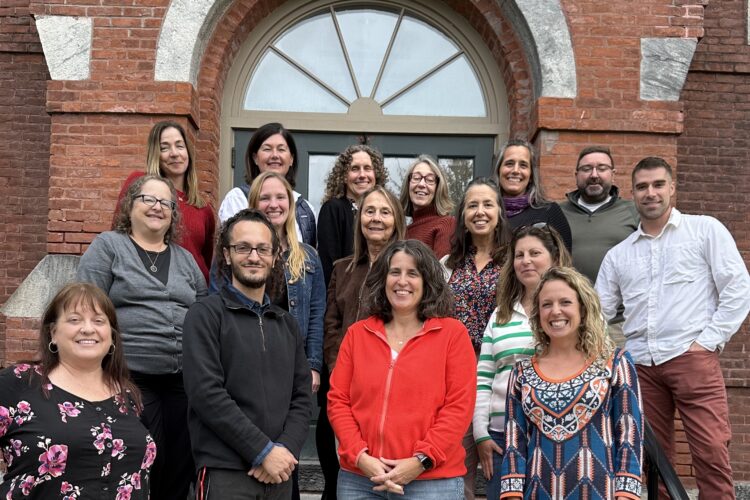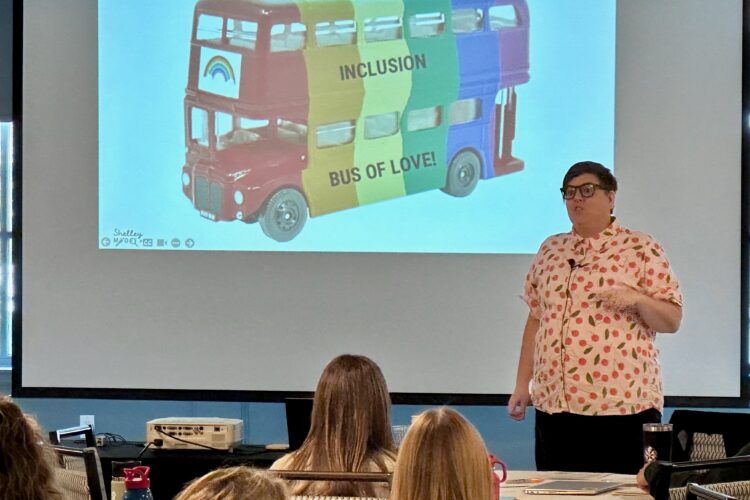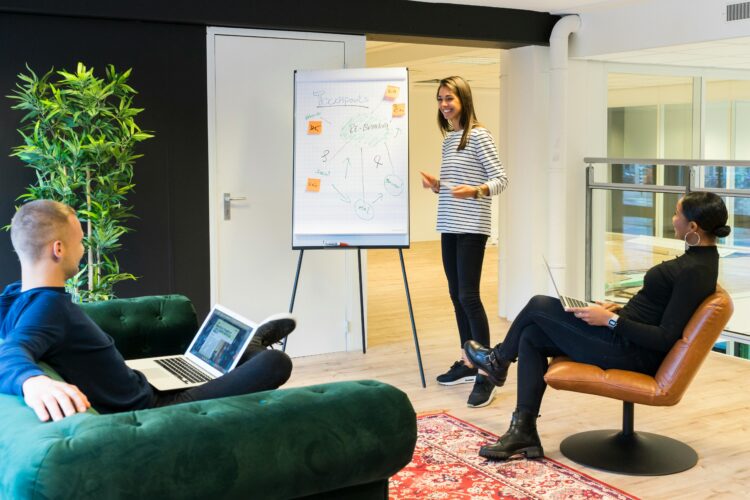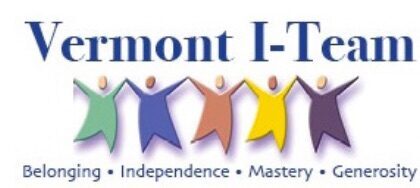The Vermont I-Team
About
Providing interdisciplinary, family-centered support for inclusion of students with complex learning profiles
We collaborate with Vermont teams to reach individualized outcomes
Our primary role is to provide student-specific Technical Assistance, or “TA” to teams. This service includes curating and sharing quality resources.
We also host the annual Inclusive Schools Conference Series, and offer customized training and professional development.

Training
Training in flexible formats on a wide range of topics
We’re proud to host the annual Inclusive Schools Conference Series, a series of in-person events in Montpelier, Vermont. These conferences feature keynotes by some of the top speakers in disability and education, as well as a wide range of workshop choices.
We also offer customized training packages for school, healthcare, and administrative teams who support students with complex disabilities.

Resources
Relevant, important resources for easy reference
The Vermont I-Team maintains a growing library of resources for educators, parents, and caregivers right here on this site.
These resources include how-to articles, summaries of useful research, event listings, worksheets, and helpful references for support.
Sign up to be notified as new resources become available.

